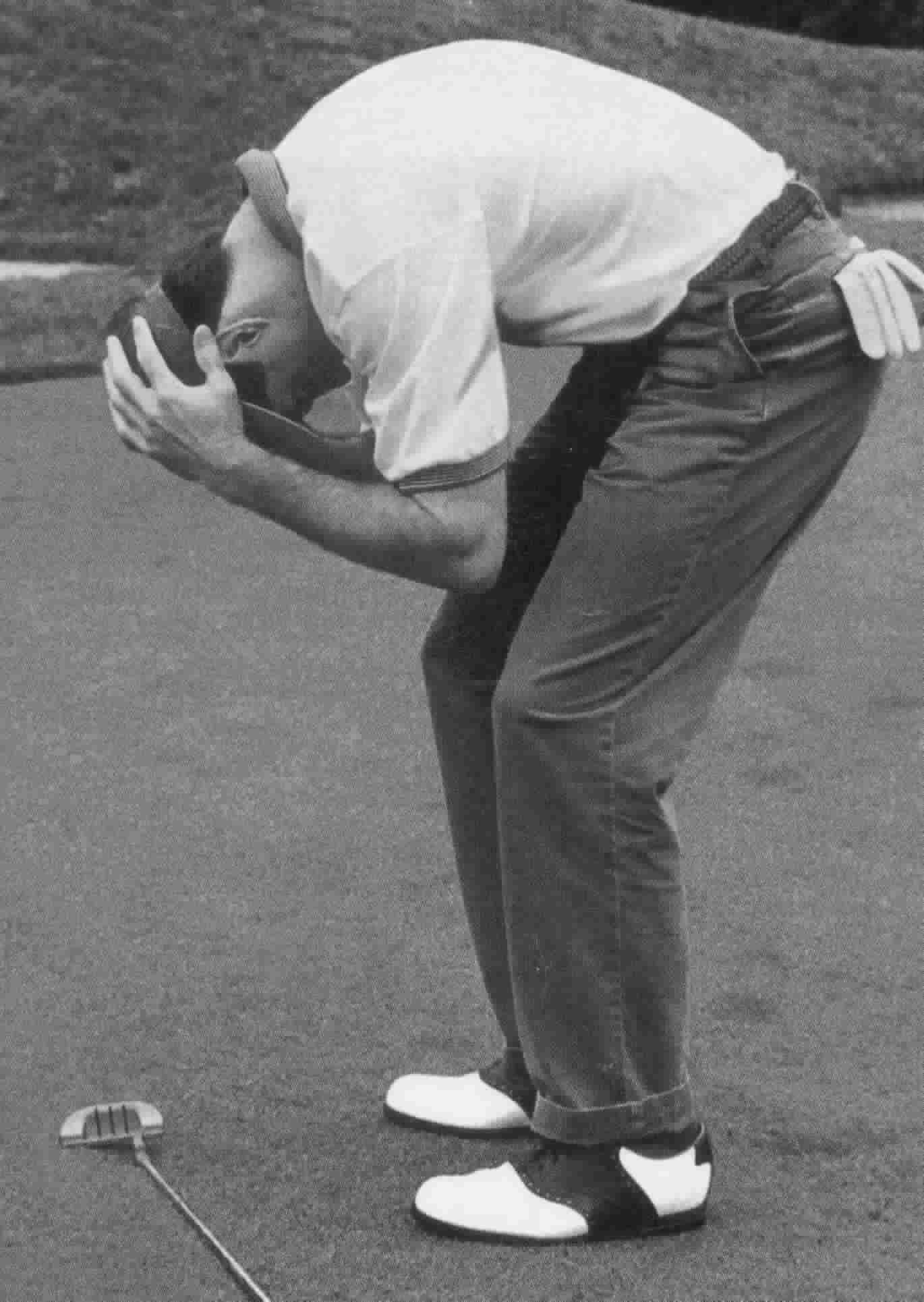BOW

If you come up too quickly, it won't seem like you are really
apologizing. --Yamagishi (Sugawara 1996)
Posture. To bend, curl, or curve
the upper body and head forward.
Usage: Around the world, people bow a. to greet,
b. to defer, c. to show courtesy, and
d. to pray. In some cultures the bow is a formal gesture, as in Japan,
e.g., where people are judged by their bows. A casual hello to Japanese
colleagues is a quick bend to a 15-degree angle; a respectful greeting to
customers or superiors is a 30-degree bow; a formal apology involves a quick
bend to a 45-degree angle, held to a count of three, with a slow return to
upright posture.
Anatomy. Bowing the trunk forward starts with
flexor muscles of the stomach's recti abdominis, assisted by the
backbone's erector spinae. These muscle groups are supplied directly by
spinal nerves rather than by more evolved nerve plexuses. The bow's submissive
tone stems from the role these muscles and nerves originally played in curling
the head and trunk forward into a protective crouch. (Sudden head-lowering and
back-rounding in response to an employer's remarks thus reveals weak or
"spineless" resignation.)
Baseball. In Japanese baseball, pitchers remove their caps and
bow toward home plate after hitting a batter with a ball.
Culture.
1. In Japan, the forwardness of one's bow reflects status; e.g., those
higher in status bow less deeply to those lower in status. It is considered bad
form for westerners to bow too deeply to lower status Japanese. 2. Among
the Mossi of Burkina Faso, the most servile gesture is the poussi-poussi.
"To poussi-poussi, Collett [1983] explains, one takes off shoes and headgear
(which add height), sits with the legs 'tucked to one side,' lowers the body,
and beats on the ground. (Historically, men also threw dust on their heads.)"
(Givens 1986:155 ). 3. "In the Muslim world, the body kowtow--in
which one kneels down and touches the ground with the forehead--is used in
prayer to show humility before the deity (Morris 1994:11).
Humility. The English word humble means being "close to
the ground." It comes via Old French's umble from Latin's humilis,
"low, lowly." The word derives from Latin's humus, "earth," and is
related to the English word human. In its original sense, being human
meant being an "earthly being," as opposed to being an ethereal, immortal god in
the sky (Ayto 1990). The Indo-European root for man is *dhghom, for on
the ground is *dhghm, and for earth is *dhghom-o (Susan N. Skomal,
personal communication).
Submission. Bowing at the boss's door is
a common act inspired by the reptilian
brain. Before entering a superior's inner sanctum, American workers
may pause, bend at the waist, flex their necks
forward, and lower their heads to peek in. Though without a formal
tradition of bowing, they ritually lower themselves at the boss's door, as if
doing so were written into the job description.
Tebowing. "Tebowing" is a full-bodied bowing gesture in which one drops from a standing position to the right knee, places the flexed left elbow on the flexed left knee above, bows the torso and head forward over the left knee, and rests the lowered forehead on the fist of the left hand. (For the left-handed version of the gesture, one drops the left knee and adjusts the accompanying body movements accordingly.) On October 9, 2012, Tebowing became an officially registered U.S. trademark, owned by then New York Jets quarterback Timothy Richard ("Tim") Tebow, who frequently used the bowing gesture to show religious devotion on the playing field. To my knowledge, this is the only trademarked gesture known to humankind.
RESEARCH REPORTS: 1. Bonnet macaques bow heads in extreme fear (Rahaman and Parthasarathy 1968). 2. Bowing (Eibl-Eibesfeldt 1970), bent-forward (Scheflen 1972), and body-kowtow (Morris 1994) postures involve forward bending (ventral flexion) of the spinal column; each of these nonverbal cues makes its submissive appeal by showing harmlessness.
Antonyms--ANTIGRAVITY SIGN, HIGH-STAND DISPLAY. See also BODY WALL.
Copyright 1999 - 2020 (David B.
Givens/Center for Nonverbal Studies)
Photo of "The Agony of Defeat," as a golfer narrowly misses a putt; the crouched posture says it all (picture credit: unknown)